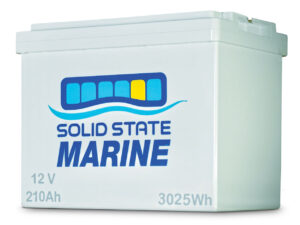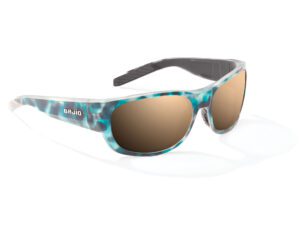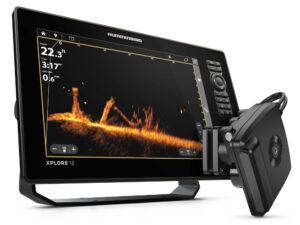They’re the first line of defense between the hull and the dock and other boats. Knowing the difference can help you pick the right fender(s) for your boat.
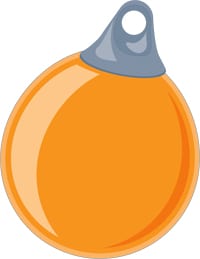
Ball Fenders: As the name implies, this fender is round. The ball-shaped bumper is made from hollow, pressurized plastic vinyl and features a single attachment point for line. Ball fenders can be difficult to store because of their shape and size, but most have valves allowing users to inflate or deflate the ball to their specific needs. Useful, yes. Handy, not really.
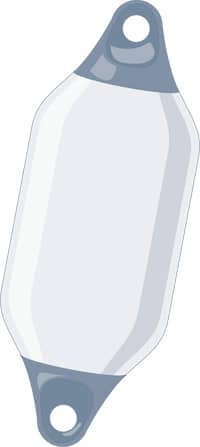
Tab End: Featuring durable plastic attachment points at both ends, these inflatable fenders can provide a buffer between pilings and other boats or docks. Hanging them horizontally can help protect your boat from vertical dock pilings, while vertical deployment can protect the hull from shifting tides or other moored boats.

Contour Fenders: Made of either inflatable vinyl or closed-cell foam covered with a durable trilaminate skin, contour fenders are ideal for boats with low freeboard or step-down curved or slanted gunwales. Because they follow the contour of the gunwale, they offer additional protection in case the boat gets trapped under the dock.
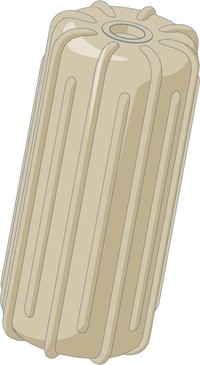
Hollow Body: Molded from durable PVC vinyl, these fenders incorporate an internal rope tube, allowing the fender line to run through it. The fenders can be deployed horizontally or vertically, and several can be ganged along a line to broaden protection. Molded ribs add durability and allow the fender to roll rather than slide out of position.
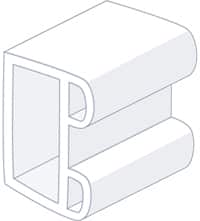
Dock Bumpers: A great option if you moor your boat on your own dock, dock bumpers, or vinyl edging, are permanently attached to the dock, providing protection from rough edges. Or fender boards can be suspended from the boat to press against pilings while fenders protect the hull.
Keep ‘Em Clean
Fenders are generally a low-maintenance item, and it takes only about 15 minutes to make them last longer. It’s best to avoid leaving them out in the sun, because their material is vulnerable to ultraviolet rays, which can make them brittle and vulnerable to puncture. When they do look a little grimy, use a degreaser or soap and water to clean them. Fender boots or covers are also a good way to protect them and maximize their life spans.

